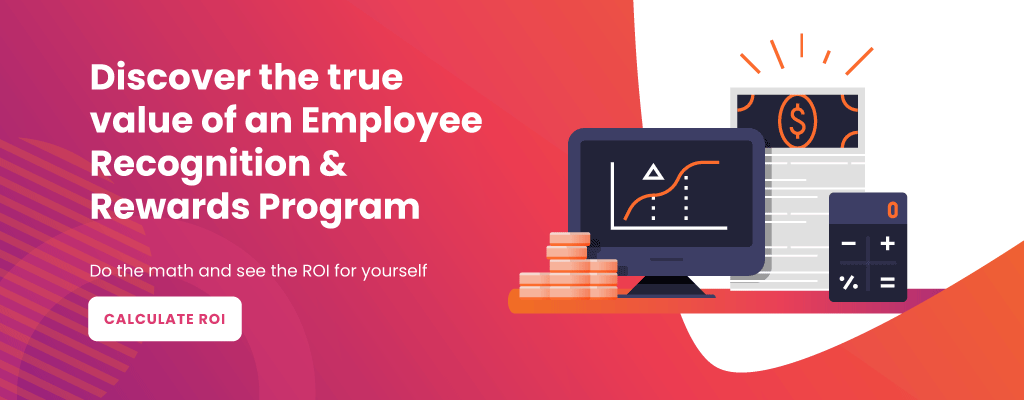What is the Great Resignation?
The term "Great Resignation" was first coined by Anthony Klotz, organizational psychologist and professor at Texas A&M University, to make the proposition that the pandemic has provoked a cultural shift in which workers are reassessing their priorities.
In America, a record 3% of the workforce voluntarily left their jobs in September of 2021. Other parts of the world also show signs that a significant change is happening. Another example is historical levels of resignations in Britain reached in Q3 of last year.
Some industry sectors have been hit hardest: Hospitality with 6.9% and retail with 4.4% have had to deal with high rates that create a real challenge to delivering their basic service.
Another vital statistic is who is quitting: A recent survey by ADP shows that 16 to 24-year-olds are leaving their jobs at three times the US average.
Why are employees quitting?
Jay L. Zagorsky, in his article, “Is the Great Resignation BS? Statistics show it's not all that” makes a claim that; "High annual quit rates mean many workers are not satisfied with their job's pay, benefits, or working conditions." Undoubtedly, the pandemic has changed the way workers evaluate what they value from an employer. White-collar workers are now expecting a certain amount of flexibility on remote work. Blue-collar workers see the vacancies on the market, and the laws of supply and demand make it so that they are being offered higher wages and better benefits across the street.
Another view of why employees quit is lack of recognition. In a management study, 36% of employees answered that a lack of recognition was the number one reason they consider changing employers.
Of course, understanding the reasons for departures is key to designing a retention strategy. However, getting in a bidding war is not a sustainable approach to getting to the root cause of the problem. What else can world-class organizations do to attract and retain talent?
Modern and creative recognition and rewards programs
A creative and cost-efficient way to address the issues of both better benefits and systematic employee recognition is to implement an Employee Recognition and Rewards Program (ERRP). In an SHRM article, most HCM practitioners believed that an organization's recognition practice positively correlated with retention and had a favourable impact on engagement and culture.
By choosing the right recognition program whereby employees can be recognized publicly for their efforts, and by having leaderboards and gamifying the experience, team members are more likely to feel a sense of belonging to a team for a higher purpose. They are more likely to want to stay with the organization and feel closer to other employees by feeling appreciated.
The rewards side is a bit trickier. Few solutions that offer rewards have evolved in the last 20 years. For the most part, the way you earn Units Of Appreciation (UOA: stars, points, etc.) is by having a co-worker or manager recommend you for a job well done. These UOA's can be redeemed for merchandise (a rayon ACME Golf shirt, a favourite retailer gift card, etc.).
The issue is that rewards employees don’t value don’t yield the intended effect. Who doesn't have a drawer full of random expired gift cards at home? A more creative and modern approach to rewarding your employees is to link how you earn to behaviours and organizational values, which can be automatic and rules-based while allowing employees to trade or gift their UOA's. In doing so, employees are in total control of what they have earned.
You create an internal economy whereby they give something they have that has more value than a mere recommendation = more meaningful. In addition, the redemption options need to be broad and personalized. Employees value different rewards at different cycles in their lives (Ex. At twenty, need more cash for the first house, etc.) depending on their monetary situation. As such, a complete program should provide a variety of ways employees can redeem their UOA's. Some solutions also offer a tokenized (blockchain) approach to earning rewards. These are worth exploring as they may be that extra bit that appeals to the demographic group that has resigned the most.
Conclusion
By most accounts, the Great Resignation is not a quick correction after a long period of people feeling too uncertain about changing jobs. It is here to stay, and as such, employers should have ways to attract and retain talent as a top concern.
Throwing buckets of money at leavers is not sustainable to solving this business issue. It is time for the world-class organization to differentiate themselves by adopting creative and modern approaches such as an innovative ERRP as one of the important building blocks for a retention strategy.





COMMENTS